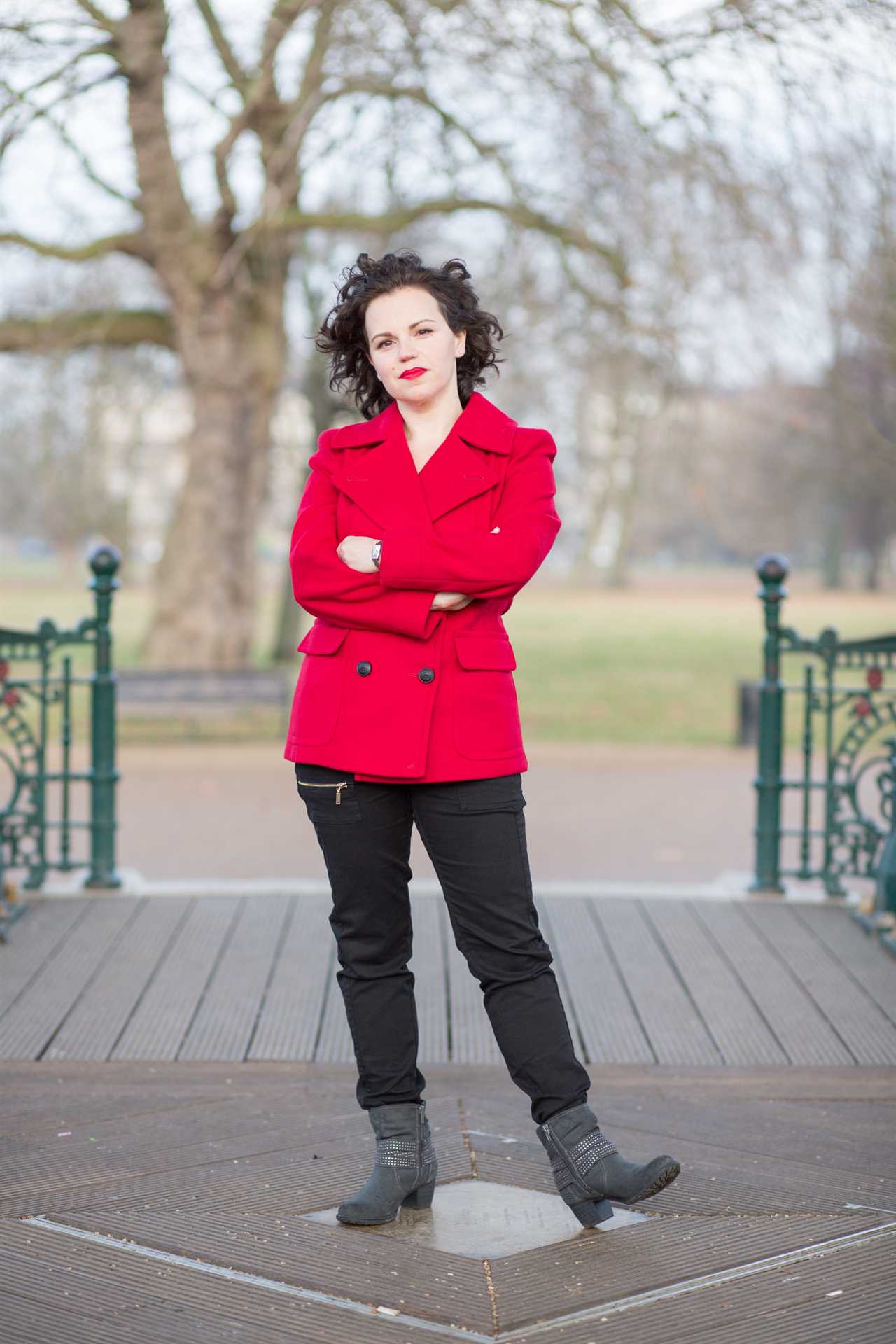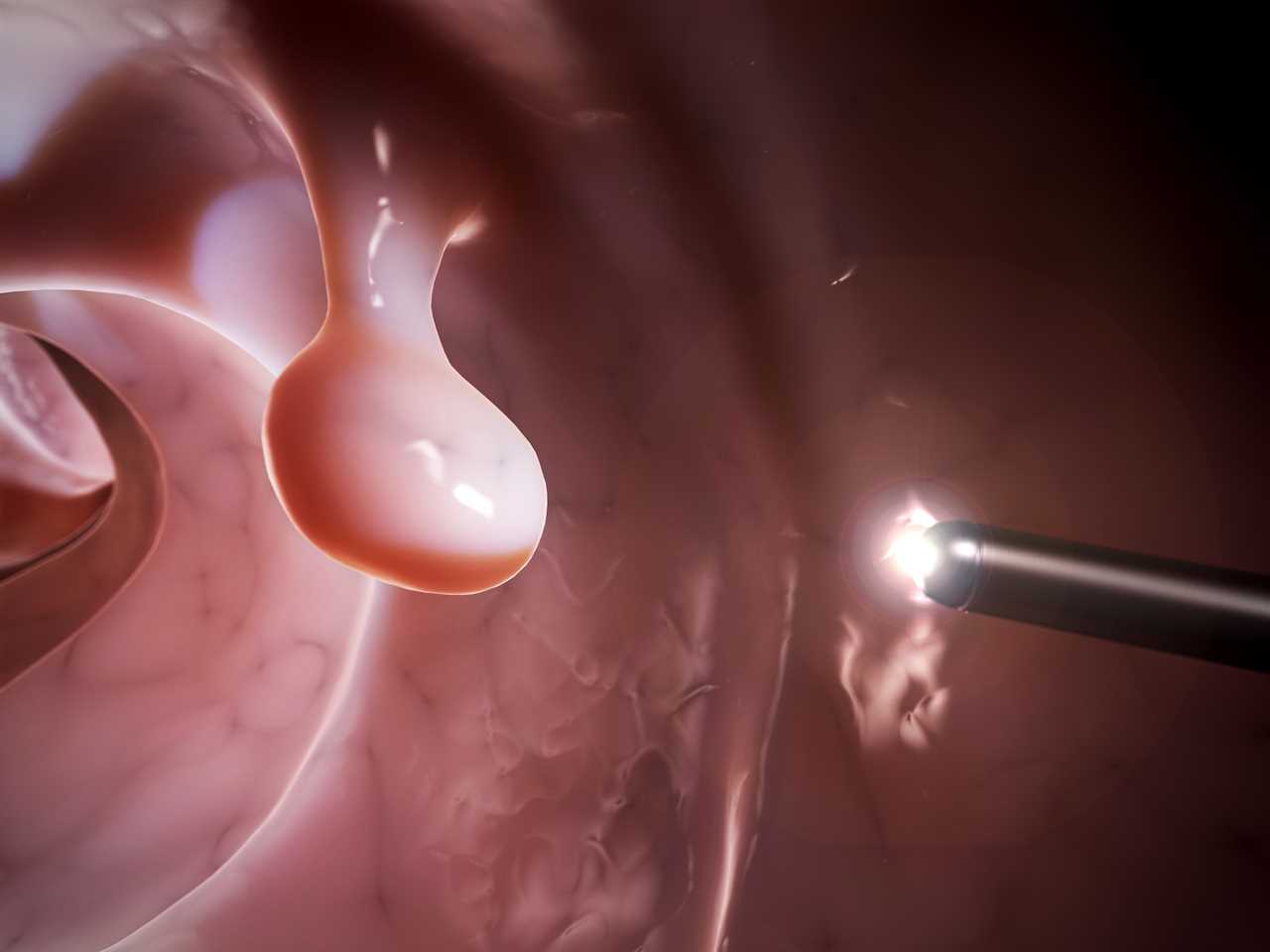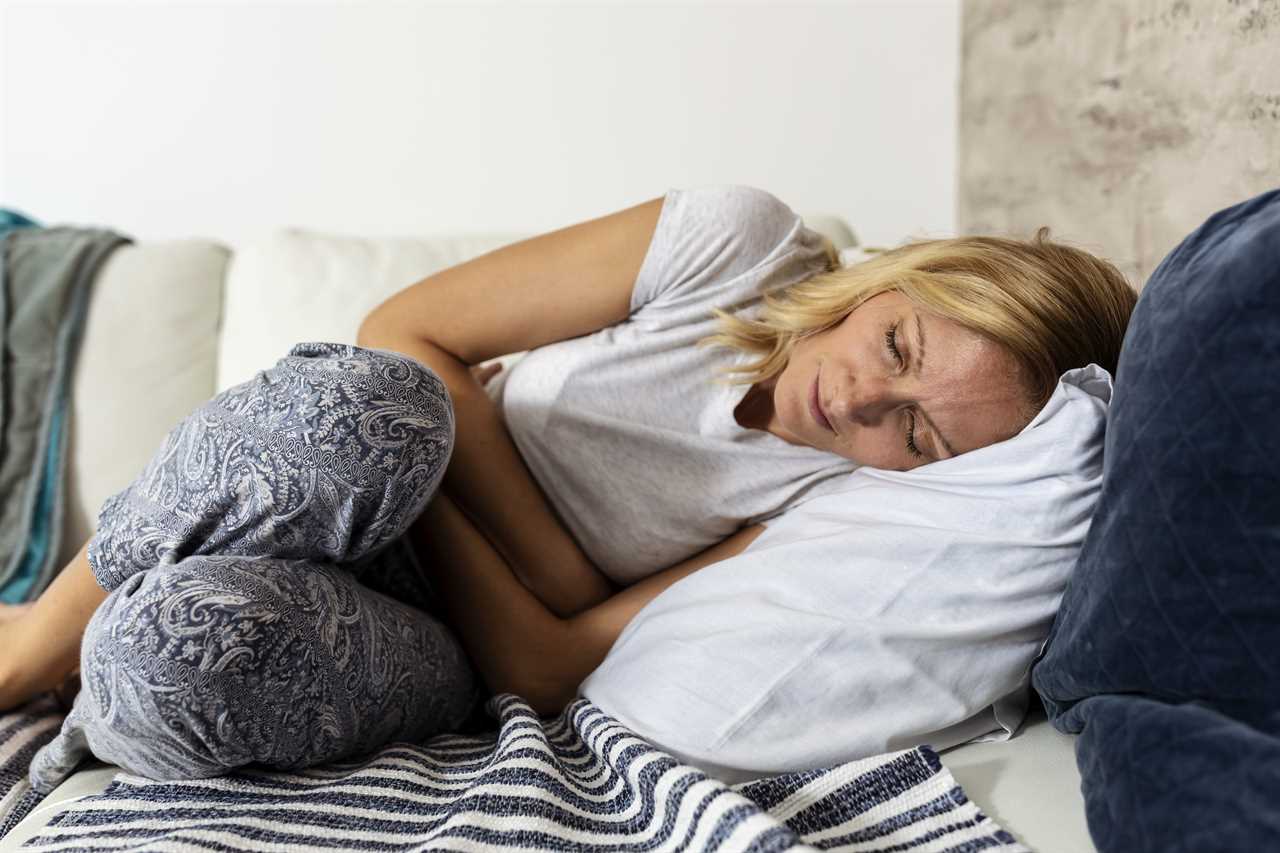THE thought of having to strip off so someone can stick a tube up your bottom can be enough to make anyone stick their head in the sand when it comes to tummy trouble and bottom pain.
But even if you feel embarrassed or uncomfortable, sharing your concerns, getting checked and turning up for a rectal exam or colonoscopy appointment is vital when it comes to diagnosis, treatment and your health.


Dr Philippa Kaye was diagnosed with bowel cancer in 2019, aged just 39 and has since written a book about it, Doctors Get Cancer Too.
She knows all about how important getting checked is, and how colonoscopies work too…
Dr Philippa tells Trending In The News: “I examine patients as part of my job, every day, but one examination often leads to a patient apologising.
“And that is if they need a rectal examination.
“‘Sorry you have to do this,’ they say, and I reply that it is an important part of my job!
“Patients have told me that the fear of the examination has made them put off going to the doctor and I often see the look of horror mixed with trepidation on their faces if I tell them I need to refer them to the colorectal specialists, and it is likely they will need a colonoscopy.
“A colonoscopy is a very common procedure that involves putting a long, thin, flexible tube with a camera on the end, up your bottom.
“This allows the surgeon to have a close up view of the insides of your intestine to see if it is healthy.
“If the doctor sees anything that needs further investigation, they can take photos and samples (biopsies), and small polyps (tissue growths), which have the potential to turn into cancer in the future, can also be removed.
“Research carried out by Bowel Cancer UK confirms the looks I see on my patient’s faces – almost 60 per cent of people are worried about having a colonoscopy – but please don’t put off having yours if your doctor has suggested one, a colonoscopy could save your life – it saved mine.
“I was 39 years old when I was referred for a colonoscopy and to be honest, at the time, I wasn’t necessarily worried.
“I was more annoyed at the hassle of having to take the time off work and the bowel prep!
“In order to take a good look at your large intestine you need to take bowel preparation – a strong laxative – to wash out all the stool inside the bowel first.
“And by strong, I do mean extremely strong.
“You will need to stay at home in close proximity to a toilet!
“Depending on the time of the test, this is taken either the day before or in the morning (or sometimes the dose is split).
“It involves drinking the medicine and my advice is to make the drink very cold and to keep slowly slowly sipping it, drinking a large volume all at once may make you feel sick.
“Once you start going to the toilet a lot your bottom might get a little sore from the wiping so prepare by getting in some simple nappy cream!
“And be sure you are drinking plenty of fluids.
“The procedure itself takes around 30 minutes and you are likely to be offered some painkillers and/or sedation, but it is not generally painful!
“You have to wear a hospital gown, generally with modesty shorts underneath, which are sort of like a pair of shorts or knickerbockers with a slit in the back.
“One size fits all so mine came to my knees!
“During the examination you lie on the exam couch/bed, generally a drip is put into your hand so any medication can be delivered if required and you may have an oxygen mask or nasal prongs for oxygen.
“You lie on your left side and bring your knees up to your chest.
“You feel the tube being inserted into the anus and then might feel a bit of pressure around the bottom, but you can’t feel the doctor ‘poking inside you’ really.







